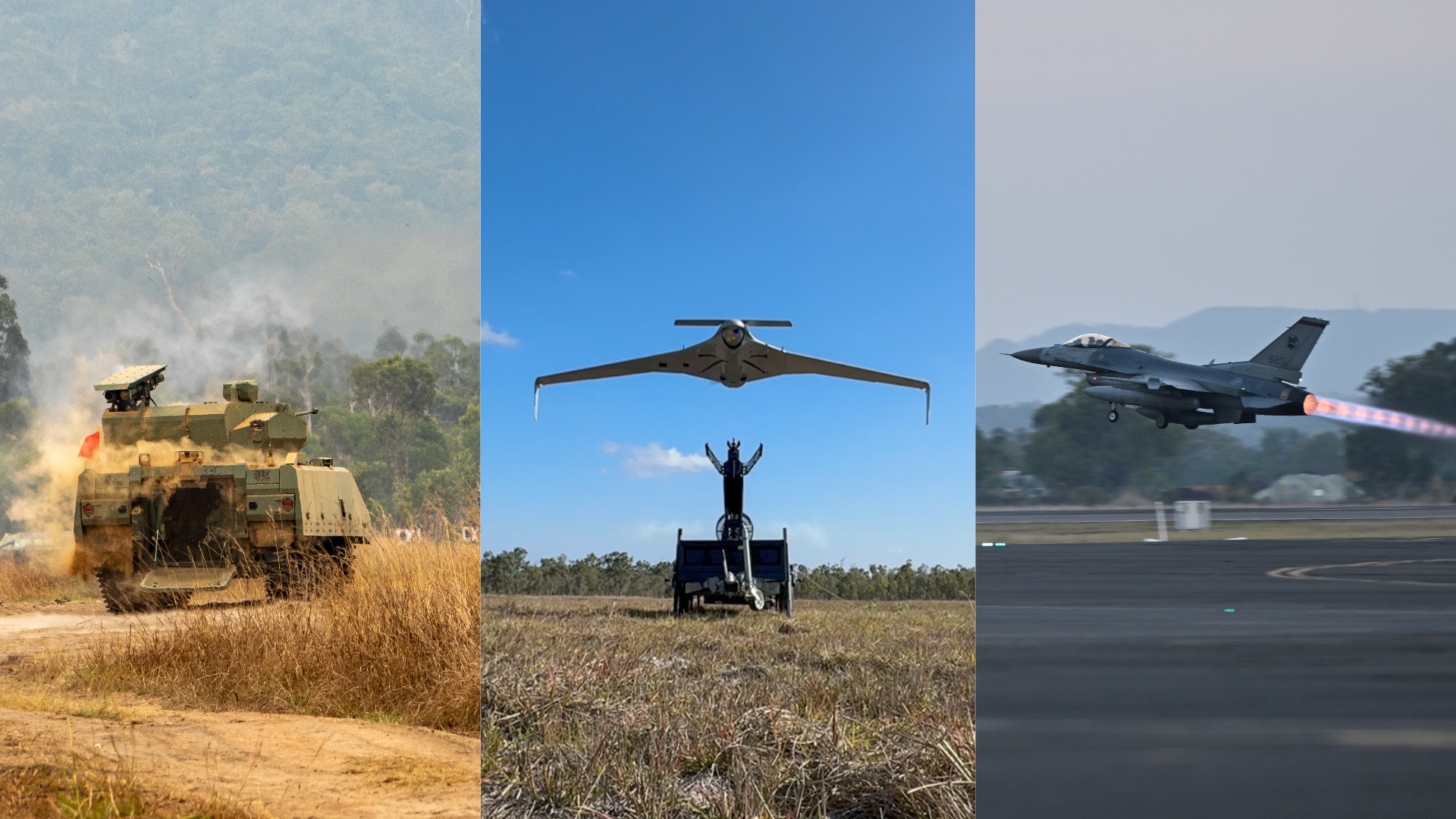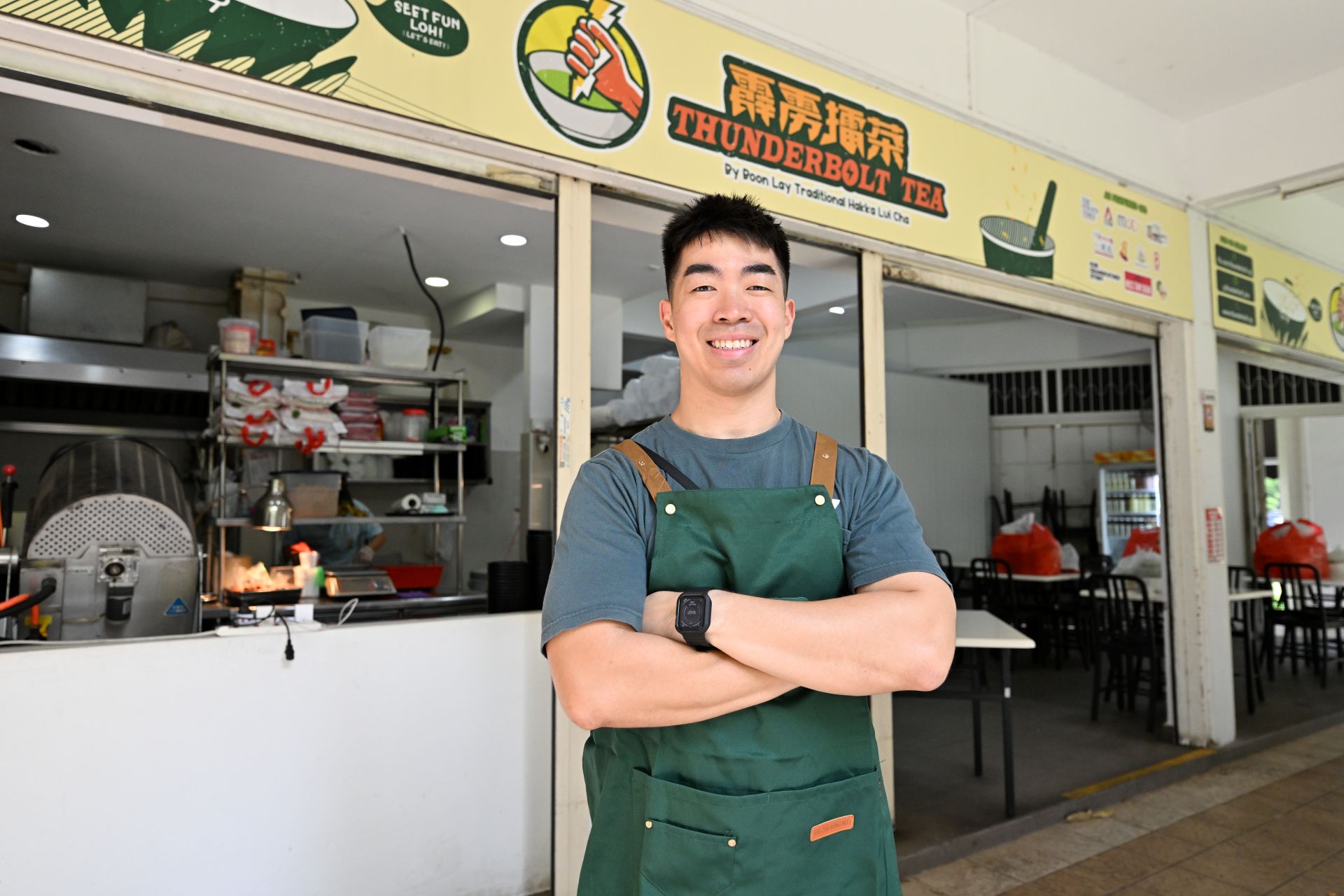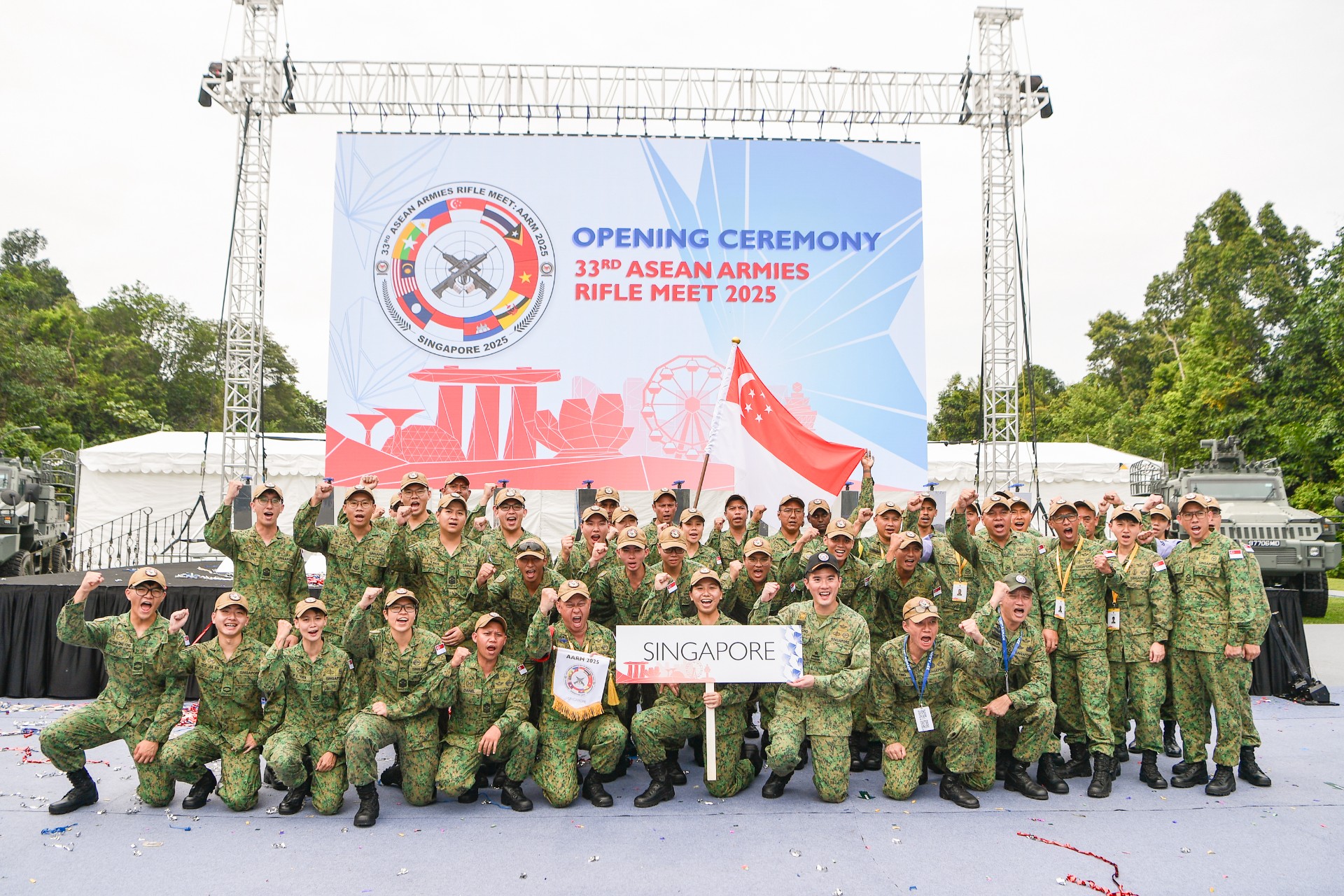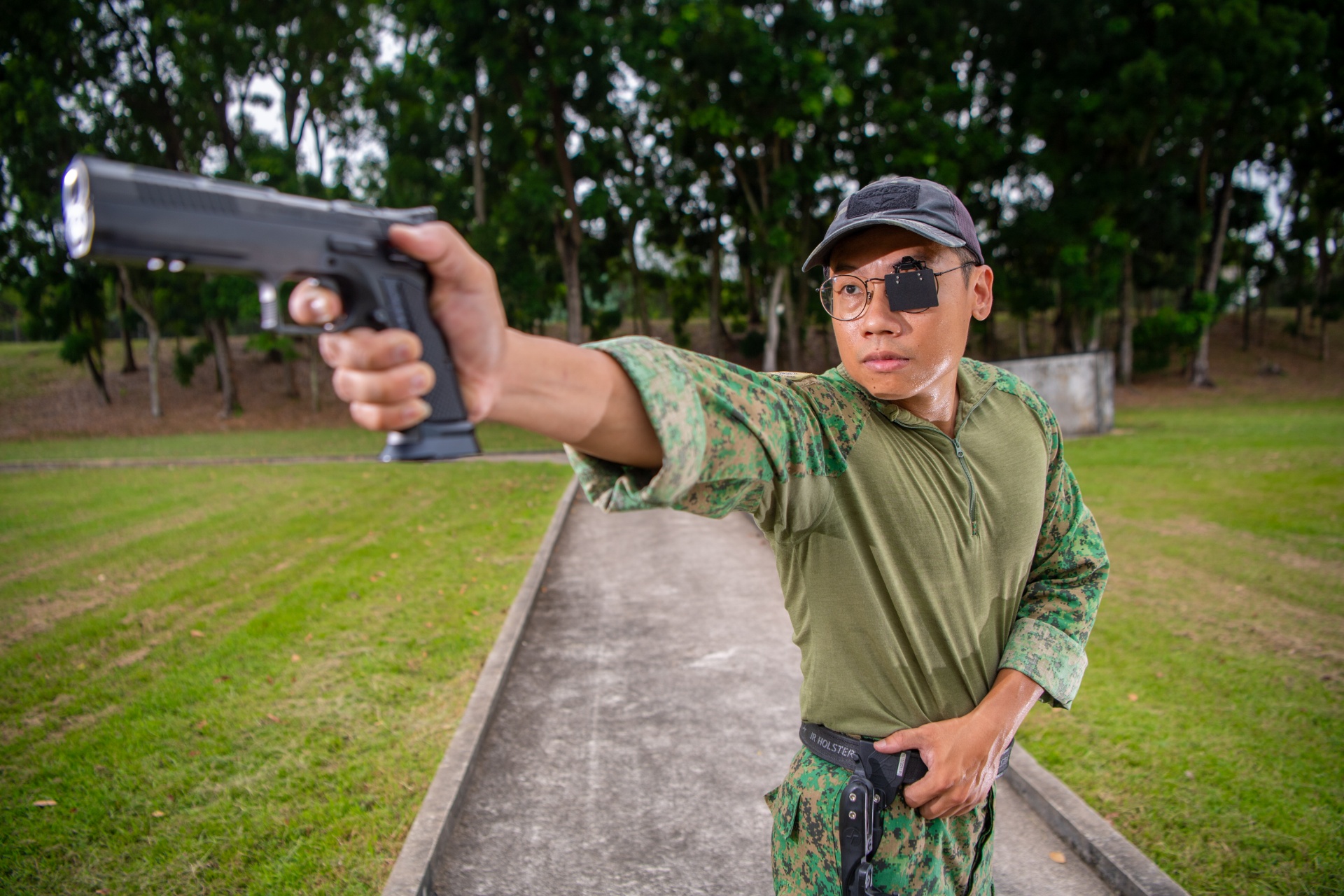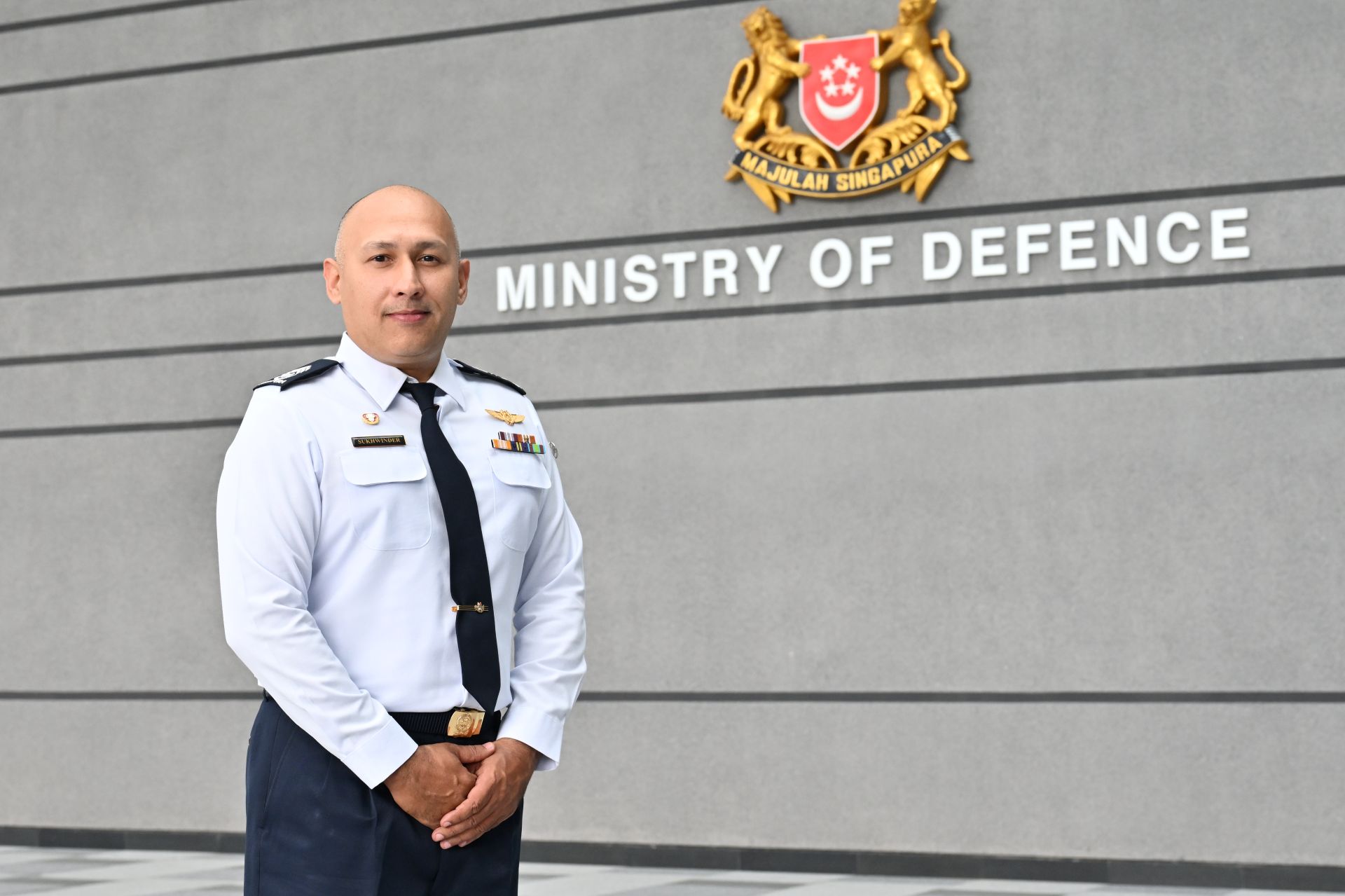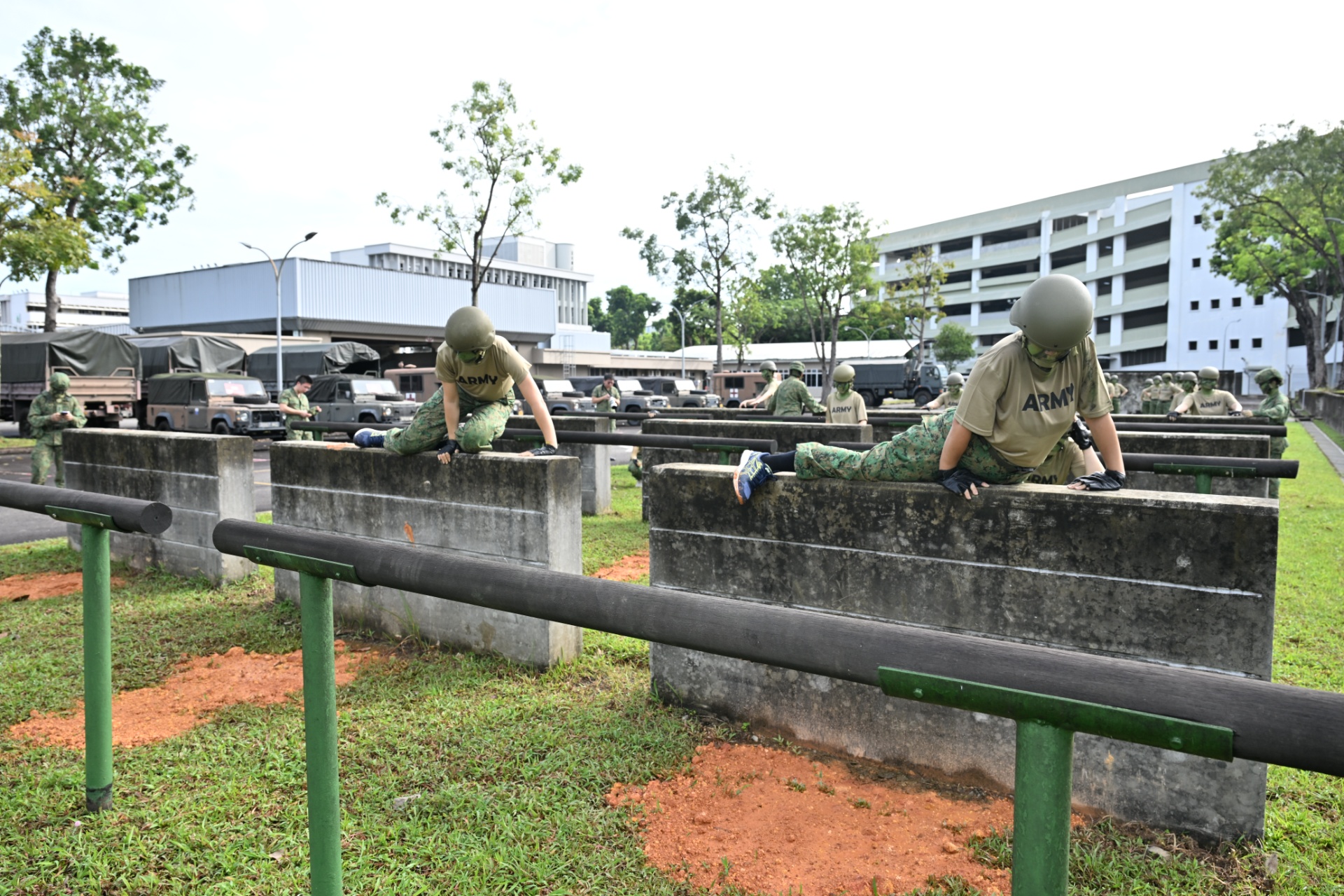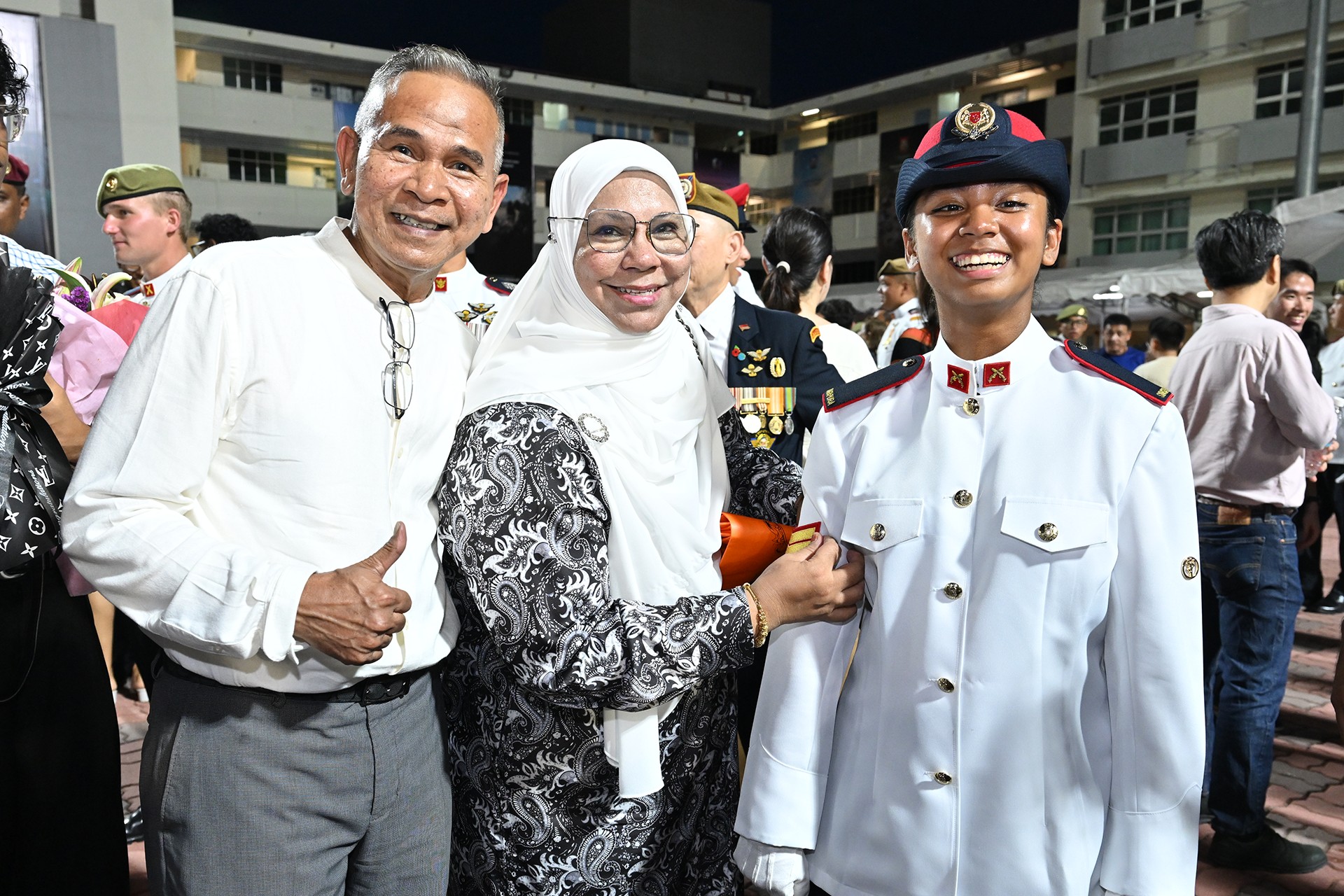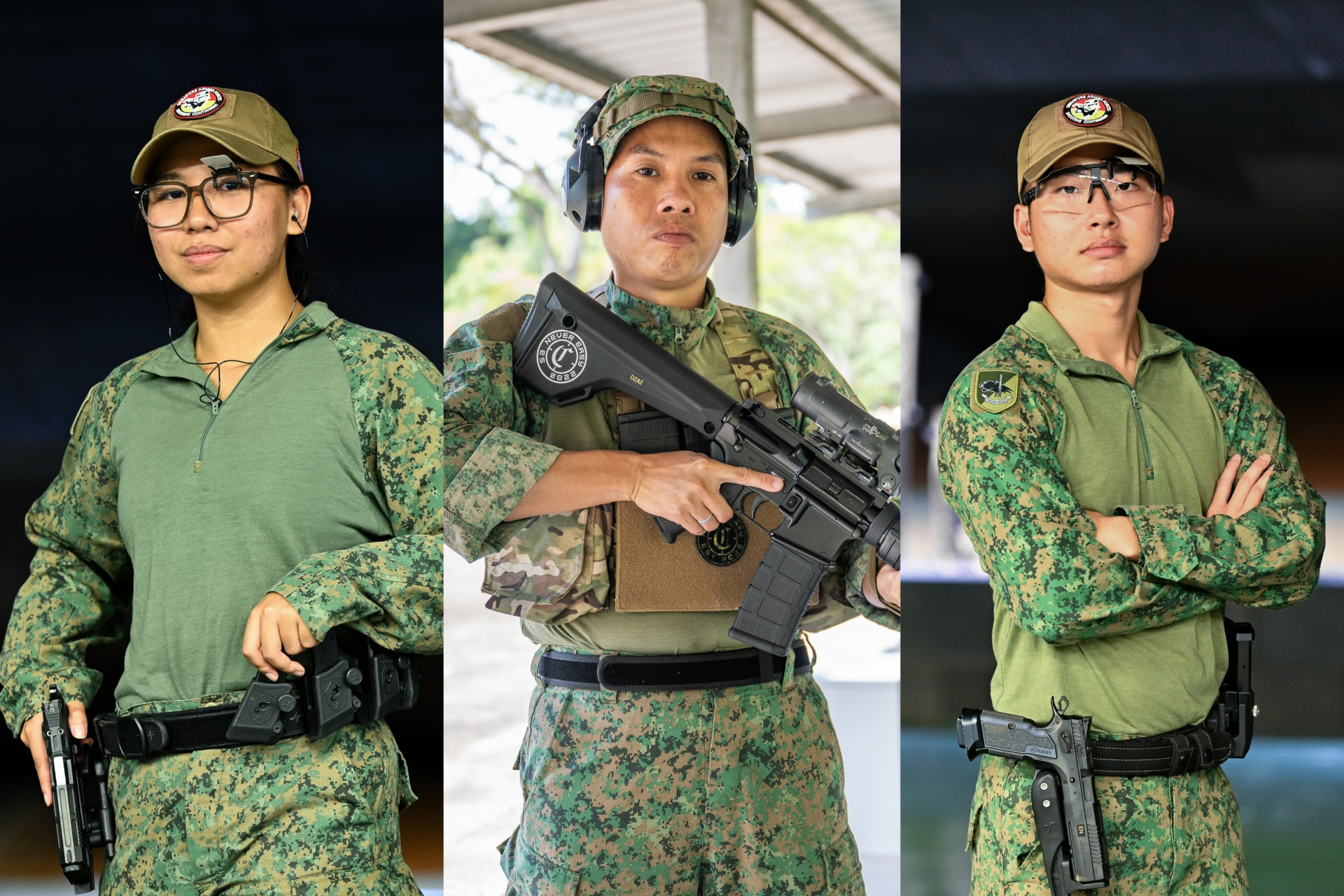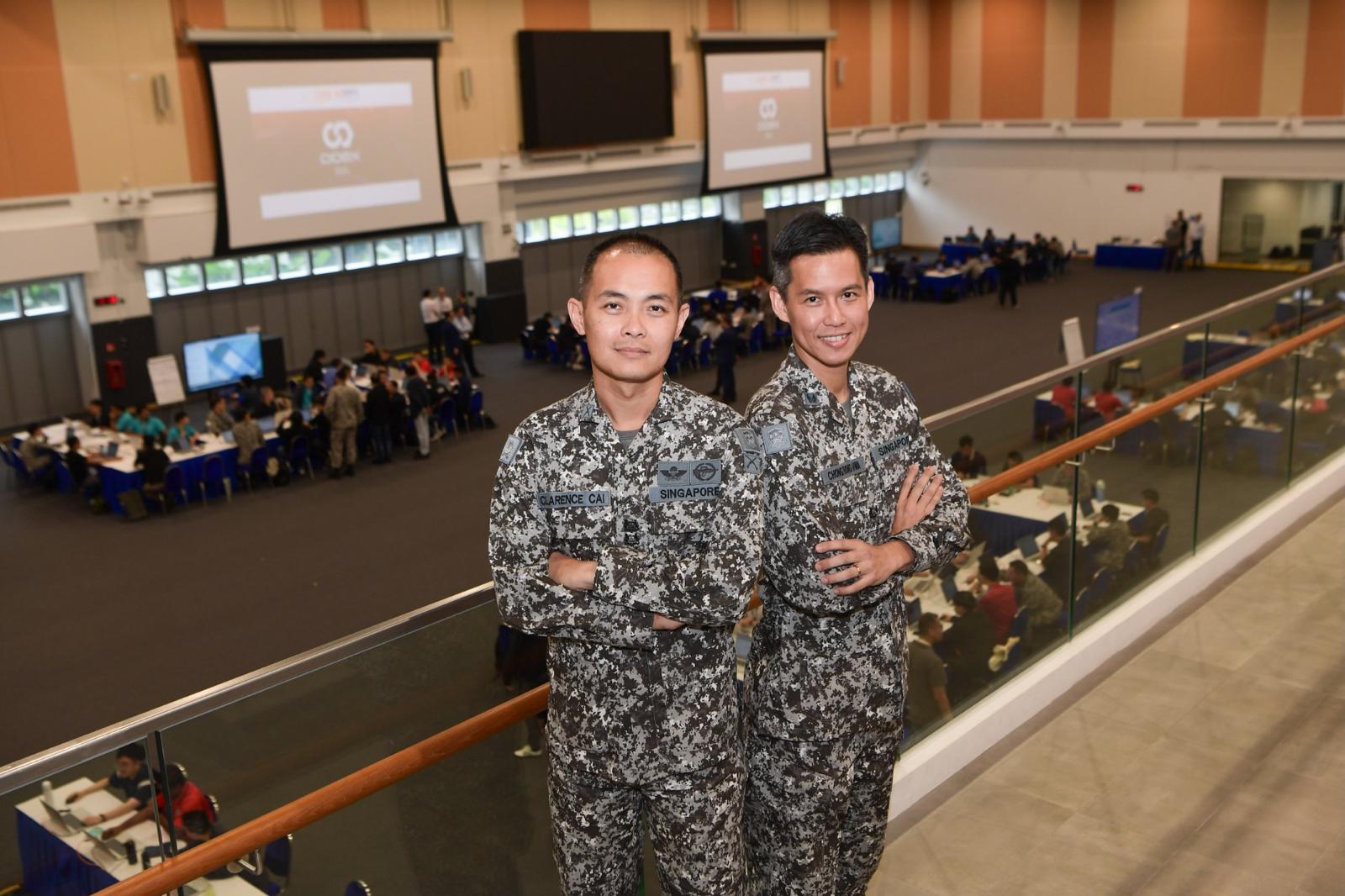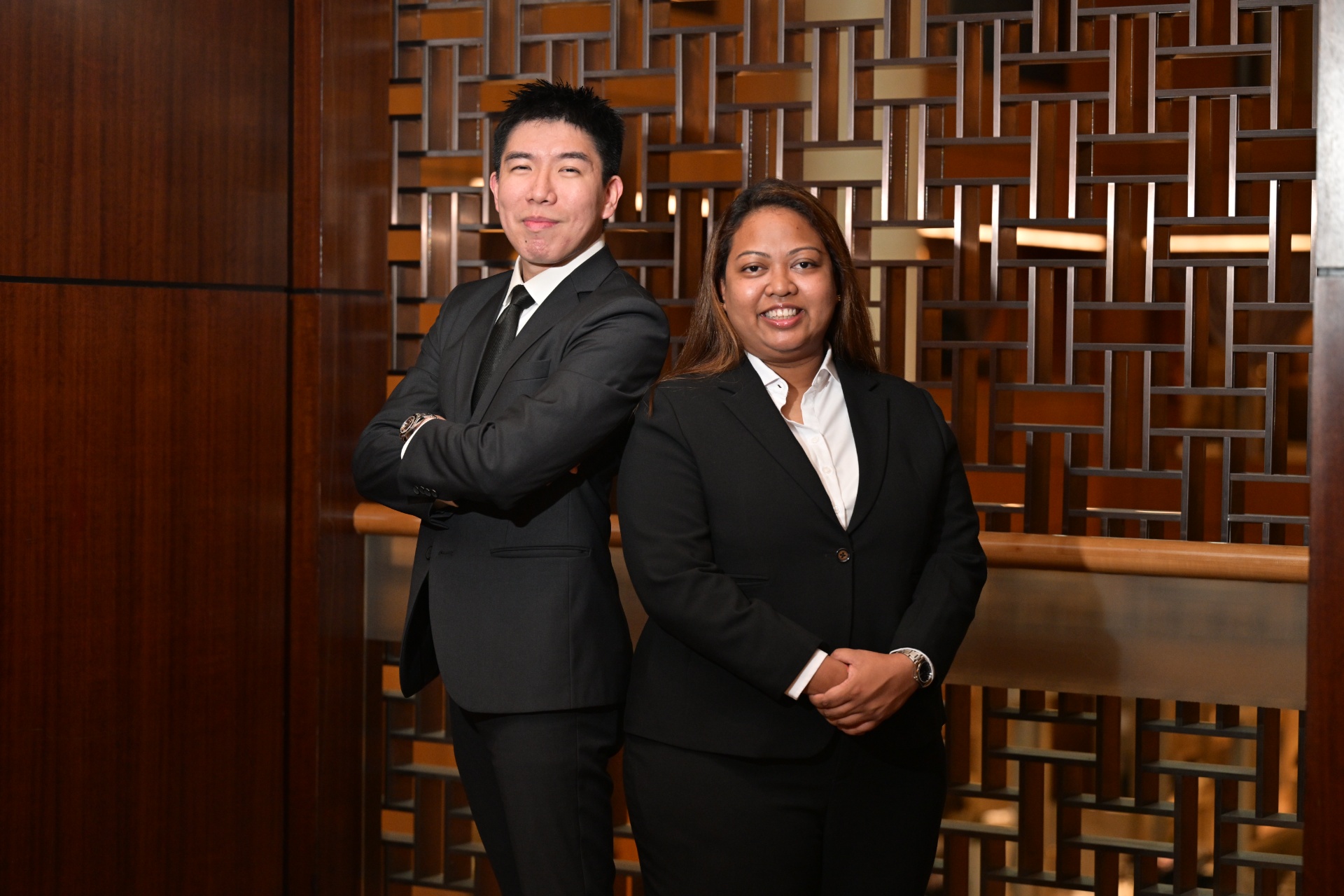EX WALLABY 25 – GREATER INTEGRATION AND COMPLEXITY
The 35th edition of the SAF’s largest unilateral overseas exercise is an opportunity for expanded scale and deeper integration towards an effective, networked fighting force.
Exercise Wallaby (XWB), the Singapore Armed Forces’ (SAF’s) largest overseas unilateral exercise, celebrates its 35th anniversary this year.
Held at Shoalwater Bay Training Area (SWBTA) in Queensland, Australia, the latest edition of the annual exercise runs from 7 Sep to 2 Nov, with the third and final frame beginning on 16 Oct.
This year’s edition will mark several milestones, including the inaugural participation of the Army’s High Mobility Artillery Rocket System (HIMARS).
They will join the Republic of Singapore Air Force’s (RSAF’s) F-16 fighter aircraft and AH-64D Apache attack helicopters in integrated air-land live firing missions.
Validating joint processes
Across the three exercise frames, over 5,000 SAF personnel and more than 500 platforms will conduct combined land-air operations, validate joint targeting processes and fire control procedures, and stress-test command-and-control processes in live, realistic conditions.
These large-scale missions are made possible by the sheer size of the training area in Australia.
“SWBTA is about five times the size of Singapore, and this really gives our forces the space to train…(and) exercise complex scenarios that we really can’t do back at home,” said Colonel (COL) Andy Quek, Deputy SAF Lead for XWB25.
The 45-year-old highlighted the scope and complexity of the missions: “Specifically for this year’s XWB, we have the Air Force, as well as the Army and the Digital and Intelligence Service – three Services training together seamlessly at the same time.”
Enhancing inter-Service coordination
This is also the first time that the RSAF will be integrating its own training objectives into the integrated missions, said COL Woo Sin Boon, Commander Tactical Air Support Group and Air Director for Frame 3 of XWB25.
“For most XWB (editions in the past), the Air Force’s role was to support the Army,” he explained, citing examples like the deployment of the Chinook or H22M medium lift helicopter for transporting troops.
“In this frame, we are able to integrate our objectives vis-à-vis the Army’s, (with the outcomes of Army’s exercises) having a direct implication on the Air Force’s exercise objectives as well.”
He added that this was made possible due to the participation of 6th Singapore Division / Headquarters Sense & Strike, which is responsible for the coordination between air and ground elements in delivering firepower.
“Going forward, we think that there's a lot of value for the Army troops and the Air Force elements to really be integrated, (as it) will save a lot of time (in communications) and greatly facilitate the initial success (of our missions),” said COL Woo.
Safety by design, inculcated daily
From planning conferences held a year before the exercise to daily in-theatre reviews, safety is intricately woven into XWB25’s design, said COL Quek.
Emphasising that “safety is never an afterthought,” he noted the efforts taken to ensure the safety of all participants while keeping training realistic.
“We have incorporated (lessons) into our planning and preparation… Not just at the command level, but also at the soldier level.”
